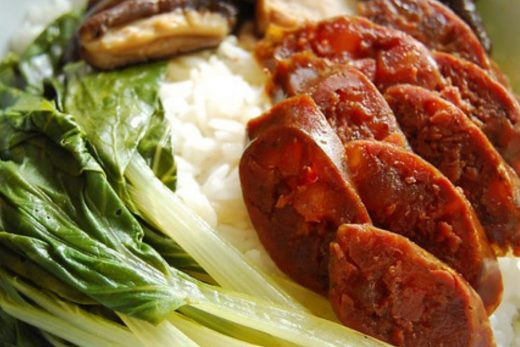Tahini is one of those ingredients that is better known as a supporting player than as a shining star. All too often, it gets out-dazzled by the chickpea in hummus or relegated to an afterthought when putting together falafel or shawarma. Yet it’s truly indispensable in those dishes and more, rightfully proclaiming its status as a heavyweight ingredient that transcends cultural and continental boundaries. In the interest of giving tahini its proper due, here’s a primer on the versatile, sesame-based staple and its many uses. Tahini is a paste made from ground sesame seeds. That’s it. Sesame seeds come from the dried out pods of the sesamum indicum plant and are available in a spectrum of colors, including black, tan, gold, and brown. White sesame, particularly that from northern Ethiopia, tends to be the variety of choice for tahini. These seeds are generally plumper and have a higher oil content than other types of sesame.





